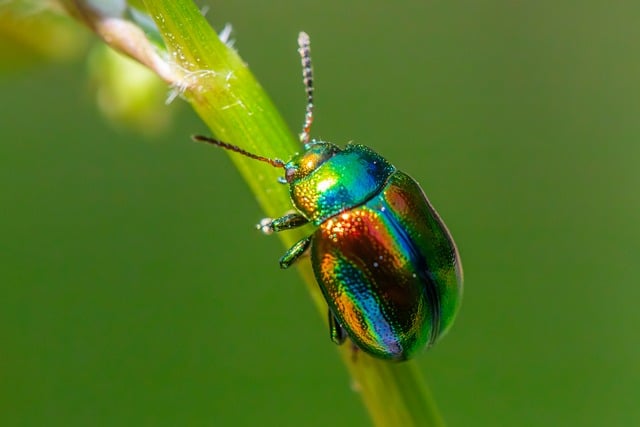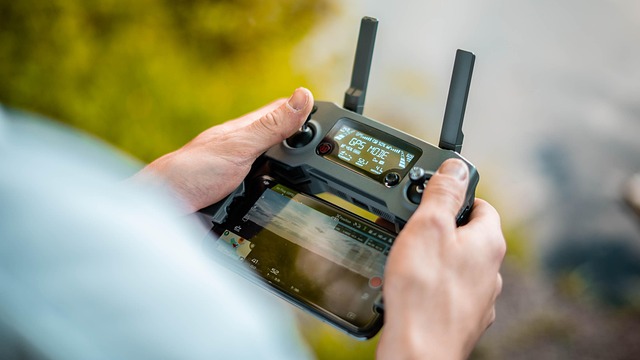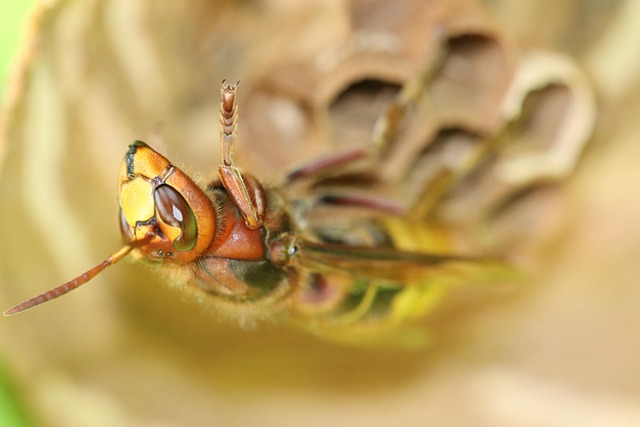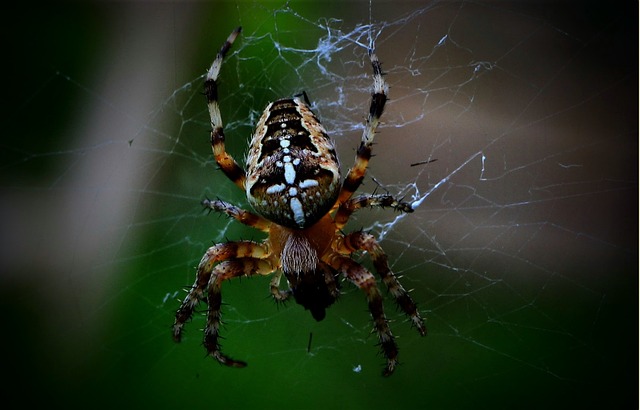To preserve the health of fruit trees in Arvada, a swift and strategic approach to pest and disease outbreaks is vital. This involves identifying issues, assessing severity, and applying targeted control methods like spot spraying or localized fungicides. Strong tree care practices, including regular monitoring, proper pruning, and balanced nutrition, further protect against future infestations. Integrated Pest Management (IPM), combining biological, cultural, and chemical methods, along with organic solutions, is effective for insect and disease management. Proactive measures tailored to Arvada's climate challenges ensure tree longevity and reduce intensive treatments.
In the face of pest infestations, rapid response is key to preserving the health and productivity of fruit trees in Arvada. This article guides you through an emergency infestation response strategy, focusing on effective insect and disease management techniques tailored to local conditions. From understanding urgent threats like apple maggots and black rot to implementing long-term solutions for sustainable tree care in Arvada, these insights empower homeowners and arborists alike to protect their fruit trees effectively. Discover proven strategies for optimal insect and disease control near Arvada.
- Understanding Emergency Infestation Response for Fruit Trees
- Effective Insect and Disease Management Strategies
- Ensuring Long-term Health of Fruit Trees in Arvada
Understanding Emergency Infestation Response for Fruit Trees

When faced with a pest infestation or disease outbreak affecting fruit trees in Arvada, timely response is crucial to prevent widespread damage and ensure healthy tree growth. Emergency infestation response for fruit trees involves a swift and strategic approach to address issues like insect infestations, fungal diseases, or viral infections that can rapidly impact the trees’ productivity and overall health. The primary goal is to contain and eliminate the problem before it escalates.
Effective emergency infestation response includes identifying the specific pest or disease, assessing its severity, and implementing targeted control measures. Localized treatments, such as spot spraying with approved pesticides or applying fungicides directly to affected areas, can be highly effective for insect and disease management. Additionally, proper tree care practices, including regular monitoring, proper pruning techniques, and maintaining optimal tree health through balanced nutrition, play a vital role in strengthening fruit trees’ natural defenses against future infestations.
Effective Insect and Disease Management Strategies

In the case of an emergency infestation, quick and effective insect and disease management is crucial for maintaining healthy fruit trees near Arvada. Integrated Pest Management (IPM) offers a holistic approach to controlling pests by combining biological, cultural, and chemical methods. For fruit trees, this strategy involves regular monitoring to identify issues early on, followed by targeted treatments. Organic solutions like introducing beneficial insects that feed on tree-damaging pests or using natural repellents can be highly effective.
When it comes to specific diseases, proper pruning techniques and good garden sanitation play a vital role in prevention. Remove and destroy infected branches to disrupt the disease cycle. Additionally, maintaining optimal plant health through adequate watering, fertilization, and sun exposure strengthens trees’ resistance against insect infestations and diseases common to fruit trees near Arvada.
Ensuring Long-term Health of Fruit Trees in Arvada

In Arvada, maintaining the long-term health of fruit trees is crucial for both homeowners and local agriculture. Effective insect and disease management is essential to prevent and control infestations that can damage or even destroy valuable fruit trees. Regular monitoring is key; checking leaves, branches, and fruits for any signs of pests or diseases allows for early intervention. This proactive approach not only preserves tree health but also reduces the need for intensive treatments later.
Arvada’s climate, characterized by mild winters and hot summers, presents specific challenges for fruit trees. Pests like aphids, spider mites, and scale insects proliferate in such conditions. Additionally, diseases such as powdery mildew and fire blight can affect various species. Homeowners should opt for integrated pest management (IPM) strategies that combine cultural, biological, and chemical controls tailored to these specific threats. Regular pruning, proper watering, and application of organic or approved pesticides are part of a comprehensive plan to ensure the longevity of fruit trees in Arvada.
In addressing pest control emergencies, especially for fruit trees around Arvada, understanding tailored responses like those discussed in this article is crucial. By implementing effective insect and disease management strategies, homeowners can ensure the long-term health of their fruit trees. These methods not only provide quick relief from infestations but also promote sustainable tree care, fostering a vibrant and thriving landscape in Arvada and beyond. For residents seeking expert guidance on insect and disease management for fruit trees near Arvada, professional services are readily available to deliver efficient and effective solutions.
